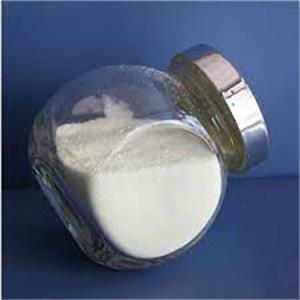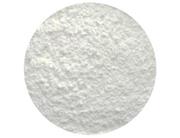Marbofloxacin[Use] Fluoroquinolone antibacterial drugs are used to treat deep and superficial skin infections, urinary tract infections in dogs, skin and soft tissue infections, and acute upper respiratory tract infections in cats. It is used for respiratory tract, digestive tract, urinary tract and skin infections of cattle, pigs, dogs and cats caused by sensitive bacteria. It also has curative effect on bovine, sheep mastitis and porcine mastitis-metritis-agalactia syndrome.
[Pharmacological action] Marbofloxacin is a new type of fluoroquinolone antibacterial drug, which inhibits the growth of bacteria by inhibiting bacterial DNA transcriptase, and has antibacterial effects on Gram-negative bacteria, Gram-positive bacteria and mycoplasma . Marbofloxacin can be well absorbed through oral administration and injection administration, and has low toxicity and side effects.
【Pharmacology】
(1) Pharmacodynamics: broad antibacterial spectrum and strong antibacterial activity. The MIC90 for most Enterobacteriaceae, Pasteurella multocida, Pseudomonas aeruginosa, Staphylococcus aureus, and Staphylococcus intermedius were 0.08-0.28, 0.04, 0.94, 0.2, and 0.23 μg/mL, respectively, compared with enrofloxacin and Ciprofloxacin comparable. The MIC90 against bovine respiratory pathogens such as Pasteurella multocida, Pasteurella haemolytica, Haemophilus sopranos and Mycoplasma were 0.02, 0.17, 0.03 and 0.48 μg/mL, respectively. This product is still effective against pathogens resistant to the following drugs such as erythromycin, lincomycin, chloramphenicol, doxycycline, and sulfonamides.
(2) Pharmacokinetics: rapid and complete absorption after oral administration and injection, low plasma protein binding rate, wide tissue distribution, good distribution in kidney, liver, lung and skin, and its concentration in plasma and tissue is higher than most MIC of pathogenic bacteria. The oral bioavailability of pregnant sows and cats is about 80%, and that of calves is more than 100%. This product has a large volume of distribution (above 1.3L/kg). Except for the central nervous system, the concentration of all tested tissues is higher than that of the drug in plasma. Some are metabolized in the liver into inactive metabolites (N-demethyl MBF and N-oxy MBF). The main route of excretion is the kidney, and dogs excrete 30% to 45% of the original drug in urine. The half-life is longer, up to 14h and 13h for oral administration and subcutaneous injection in dogs, and 4.33, 5.26, 5.74 and 10h for calves (intramuscular injection), broiler chickens (intramuscular injection), sows (internal administration), and cats (internal administration). Therefore, the effective blood drug concentration after administration is maintained for a long time.

 China
China



